#world's Columbian exposition
Text


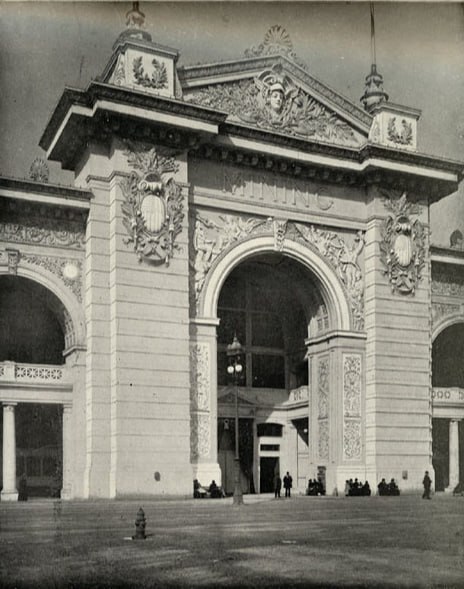

1893 World's Columbian Exposition
#dark academia#light academia#classical#academia aesthetic#escapism#academia#books and libraries#classic literature#books#architecture#old photographs#old#photography#photos#1800s#late 1800s#19th century#late 19th century#world's Columbian exposition#royal core#cottage core#aesthetic#academic#mood#vibe#history#historical#tumblr
18 notes
·
View notes
Text
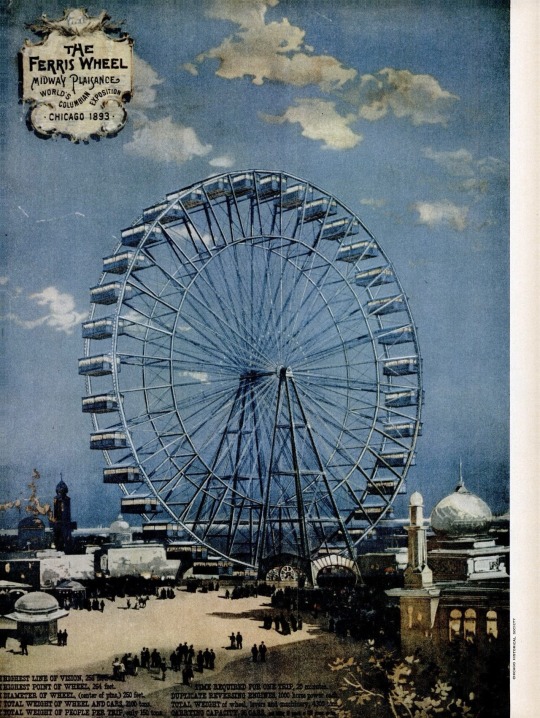
2 notes
·
View notes
Text
Turtle Power
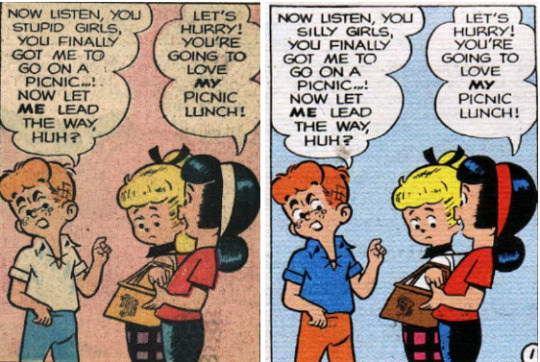
"Silly girls" is deemed okay versus "stupid girls". Obnoxious relationship either way.

The former coloring scheme has the benefit of laying out seaweed and swamp gunk. Now watch the date and consider its relationship to the year of publication, either 1964 or 2004.

Makes more sense for an old reclusive woman to have been around in 1893 in one year than the other year. I suppose there is no reason to dump it to 1933 -- even as a reference to a fair moves from being a historic one and Chicago's coming out party to being some generic fair and presumably her dad now bought a small forty year turtle -- maybe a 40th anniversary commemoration of the Chicago World Fair?
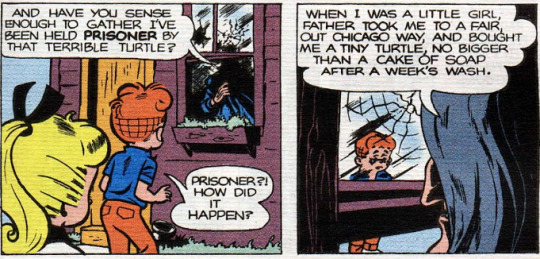
... So... Sixty years ...
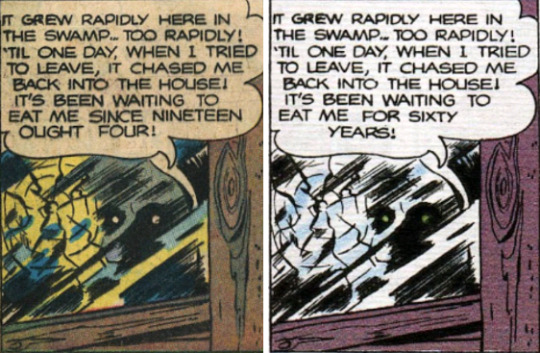

Or, running up into the narrative of time lost from granny. Little Archie watches no shows about World War 2 any more.
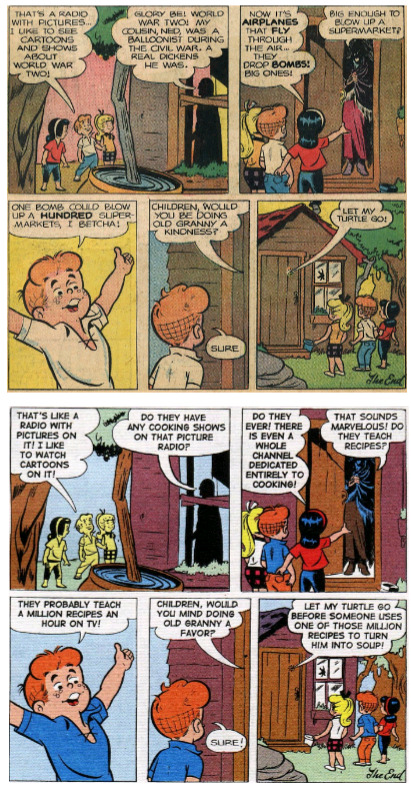
"Let my turtle go" is good in its brevity but makes for an interesting conscious choice to extend past its declaration given it is a reference to a spiritual connecting the story of Moses and the Israelites with African American slavery. I am reminded of seeing it in the early 1990s used in a public service ad in regarding pet animal abandonment and finding it... out of place. Though, the Wikipedia page on "Go Down Moses" offers up more irreverent reference examples -- Ferris Bueller and Easy A.
#Archie Comics#Little Archie#Archie Andrews#Betty Cooper#Veronica Lodge#Swamp#Seaweed#Granny Sage#World's Columbian Exposition#Chicago World's Fair#1893#Turtle#Prisoner#Go Down Moses#Bob Bolling#1964
3 notes
·
View notes
Text
if your fav was a vampire what major historical event were they present for
#kuroo went to the 1893 World's Columbian Exposition in Chicago#akaashi visited the louvre shortly after it opened in the late 1700s#kiyoomi bought one of the world's first vacuum cleaners#nanami was on board the titanic and did NOT enjoy the swim (has not gone to the beach since)#sukuna was jack the ripper#hanamaki accidentally started the great fire of london when he was on a bender
48 notes
·
View notes
Photo
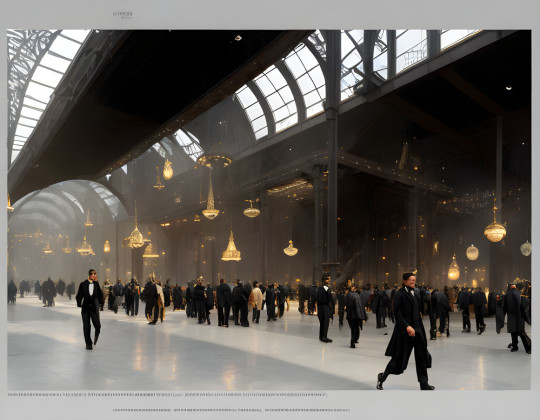
Expo Modèrne - 2023
Running a historic photo of the Manufactures Building at the Chicago World’s Fair of 1893 through Deep Dream’s AI a few times yielded this airy little anachronism: a timeless, steampunk expo hall where culture junkies from throughout the modern era share musings under the chandeliers.
For artistic styling I directed the program to emulate the works of Mucha and Toulouse-Lautrec. The model for the shadowy male dream figure is Colin Farrell.
1 note
·
View note
Text
Edwin Howland Blashfield and Evangeline Wilbour
Edwin Howland Blashfield and Evangeline Wilbour
The artist I am looking at today is the late nineteenth century American painter, muralist, art historian and travel writer, Edwin Howland Blashfield. Blashfield was born on December 5th 1848 in Brooklyn. He was the son of William H. Blashfield and Eliza Dodd. His father was an engineer and wanted his son to follow in his footsteps. On the other hand, his mother, Eliza, had been trained as a…
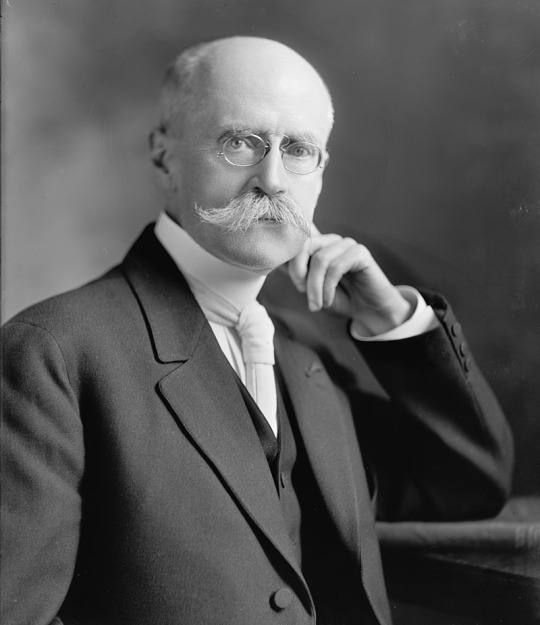
View On WordPress
#American artists#Art History#Edwin Blashfield#Evangeline Wilbour Blashfield#Evangeline Wilbour Blashfield Fountain#Library of Congress Thomas Jefferson Building#Muralists#The Columbian Exposition (Chicago&039;s World Fair ) (1893)#Trumpets of Missouri mural by Edwin Blashfield#Westward mural by Edwin Blashford
0 notes
Link
“Parks should be open and available to everyone. That was not the case when Frederick Law Olmsted first brought public parks to the urban landscape. He was less of a landscape architect than someone who wished to restore a sense of civility and advance the democratic experience for all. His designs were beautiful and restorative, but we honor him this year more for his expansive plans to bring the country together outdoors.”
0 notes
Text
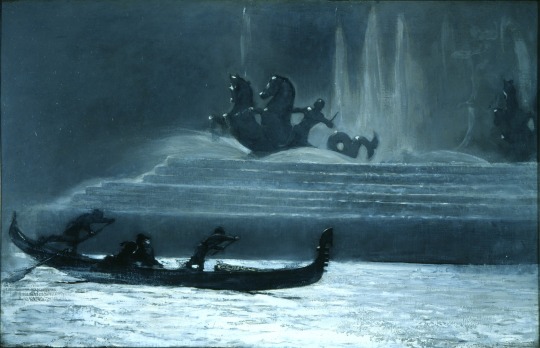
The Fountains at Night, World's Columbian Exposition, Winslow Homer, 1893
#art#art history#Winslow Homer#genre painting#genre art#night scene#American art#19th century art#oil on canvas#Bowdoin College Museum of Art
439 notes
·
View notes
Text

Check out Will Do Magic for Small Change by Andrea Hairston for an introspective historical fantasy full alien science and earthbound magic!
Letter from the author below the readmore 📚🖊️
Will Do Magic For Small Change is about theatre, physics, and bold girls...
who want to live and love out loud and on stage when folks would rather they fade to black!
I teach college theatre, and my students have for forty years complained about the play selection and casting process that cuts them out of possibilities. They were too fat, too black, brown, Asian, or queer, so directors never cast them, never looked for plays that featured roles for them, never offered stories of their lives to our community. They were too something to be worthy of art. I brought this long history up (for the nth time) in a faculty meeting twelve years ago and someone yelled at me, history doesn’t matter—as if there was just one history and we all knew it and it was gone anyway. Maybe those students couldn’t act and that’s why they never got cast. They were mediocre and wanted to hide behind being fat, brown, Asian, or queer! We could all be mediocre, but some folks go into audition knowing that they are who the director / playwright / producer has in mind and others have to wonder, can they see me as a full human being. Would an audience? And if nobody believes your story on stage, what does that mean for folks believing in your life? So I decided to write about Cinnamon Jones and her friends and their search for who to be in a world that can’t see them.
I’d been reading all I could about Dahomean warrior women who supposedly made an appearance at the Columbian World Exposition in Chicago. Newspaper reports from 1893 characterized the performers in the Dahomey village exhibit as 'horrifying,' 'supremely hideous,' and 'a barbaric spectacle.' Photos featured bare-breasted women with hatchets and knives looking bored. No one interviewed the women. No one asked them to tell their stories. In my previous novel, Redwood and Wildfire, the main characters run into Dahomean warrior women strolling the fairgrounds in colorful headdresses, pounds of beaded jewelry, and woven fabrics that dance in the wind. I asked myself, who are these women? In Will Do Magic a story-gathering alien lands in Dahomey, comes to know the world starting with Dahomey as normal. The story the alien tells on the warrior women might not be the story they’d tell on themselves, but it offers Cinnamon a history to inspire her future.
— Andrea Hairston

268 notes
·
View notes
Text
This is Egg of Columbus, a device exhibited in the Westinghouse display at the 1893 Chicago World's Columbian Exposition to explain the rotating magnetic field that drove the new alternating current induction motors designed by inventor Nikola Tesla.
Free energy is present everywhere in unlimited quantities, and yet we are still paying for it. 🤔
#pay attention#educate yourselves#educate yourself#knowledge is power#reeducate yourself#reeducate yourselves#think for yourself#think for yourselves#do your homework#think about it#do some research#do your own research#do your research#question everything#ask yourself questions#free energy
394 notes
·
View notes
Text
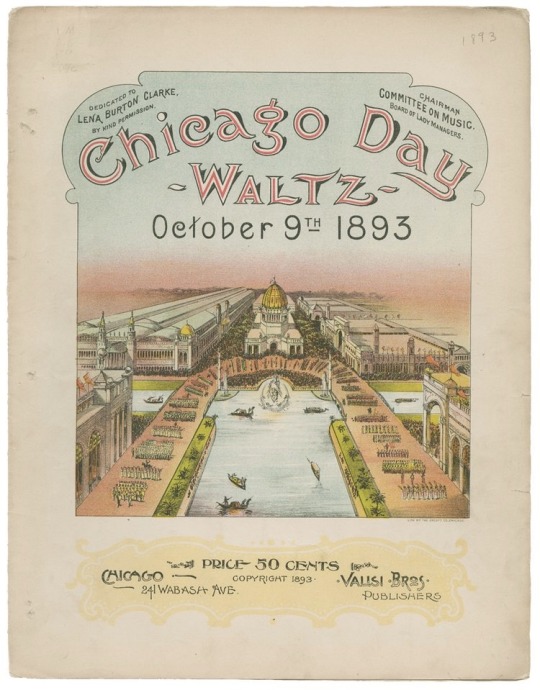
5 notes
·
View notes
Text

For all those who love baking, but want the task to be made easy as possible. Anna M. Mangin foresaw your needs. She invented the pastry fork in 1891.
—Anna M. Mangin invented the pastry fork in 1891. The utensil was used to mix dough for pie crusts, cookies, butter and flour pastries without needing to mix the ingredients by hand. The fork was also used to beat eggs, mash potatoes, and prepare salad dressings. Mangin was awarded a patent on March 1, 1892, for the pastry fork for mixing pastry dough
Patent No. 470,005, dated March 1, 1892.
With this invention, Mangin paved the way for future cooking gadgets to shorten cooking durations and alleviate the physical strain of kneading, mixing, and mashing by hand.
In 1893, Mangin's Pastry Fork displayed the ingenuity of African American inventors and the tenacity of African American women at the World's Columbian Exposition. Held in Chicago, Illinois, people of color and women were initially denied opportunities to participate in exhibits.
After repeated demands for inclusion a limited number of non-white exhibits including
Mangin's Pastry Fork were allowed. Although her invention occupied only a small corner on the second floor, a writer on female inventions noticed the kitchen wonder and called it "the only thing of its kind at the patent's office."
Source: African Archives
97 notes
·
View notes
Text
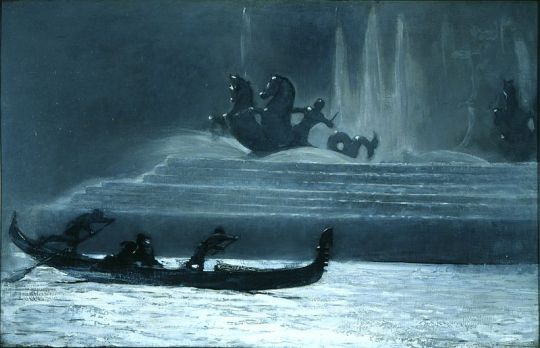
Winslow Homer - The Fountains at Night, World's Columbian Exposition (1893)
135 notes
·
View notes
Note
what's ur fave bldg in chicago? I went on an architecture boat tour and I'm obsessed with marina city
first of all, the architecture boat tour is great, and yes, people do look at me weird when I recommend it for residents and tourists alike---but I'm right and everyone who has taken the tour agrees with me.
anyway, I have many, many favorite buildings in Chicago (seriously, I have a list) but I'm going to talk about one of the less-discussed:
The Garfield Park Fieldhouse!
To set the scene: many Chicagoans (including architects, and social activists) had attended the World's Columbian Exposition of 1893, hosted on the south side of the city. Many had been inspired by Fredrick Law Olmsted's landscaping, and fervent belief that public green spaces were an important asset to any city. Driven by this belief, the existing park commissions (founded 1869) started getting more aggressive about translating the newfangled "city park" concept into reality. The group that oversaw the establishment of Garfield Park was the West Park Commission, and they were instrumental in fundraising for and then helping oversee the project. The architects were Michaelsen & Rognstad, who designed a number of eye-catching buildings in Chicago.
Initially, the building was intended to be the West Park Commission's headquarters, though it also had facilities for boating and skating on the nearby pond. However, it only lasted that way for a few years. Shortly after its completion in 1928, the various park commissions were folded into the brand new Chicago Park District, and the building was converted into a fieldhouse.
(The "fieldhouse" concept---large buildings anchoring public parks, and providing space for meetings or classes, as well as gymnasiums, locker rooms, and swimming pools---was loosely based on the settlement houses scattered throughout the city. By creating its public parks and fieldhouses, therefore, Chicago was twinning two great progressive movements---and establishing the landscape of the city that still exists today.)
Anyway, in a city that's largely built from behemoth skyscrapers and the clean lines of Classical architecture, the Garfield Park Fieldhouse stands apart. It is not clean. It is not smooth or glassy. It is a riot of Spanish Baroque Revival design and every possible crenelation, scallop, and twining vine pattern they could shove into the space. Given how large the building itself is, this is a lot:
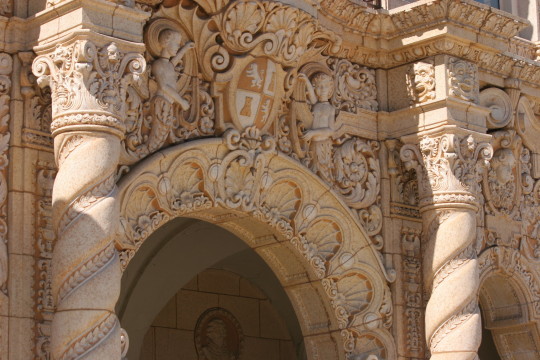
Researching the Garfield Park Fieldhouse was the first time I ever read the word "Churrigueresque." (It means "baroque, but more".) Even better, this elaborately designed building is topped by a burnished metal dome, that incidentally looks like gold when the sun hits it:

Not to mention that this sense of elaborate decoration continues inside, though updated slightly for a more beaux-arts feel:

In short, it is a microcosm of turn of the century Chicago, its history and the history of Garfield Park is fascinating (I have a wild crush on Jens Jensen, fyi) and while the building itself might not be to your taste, you can't deny it's got buckets of style.
103 notes
·
View notes
Photo

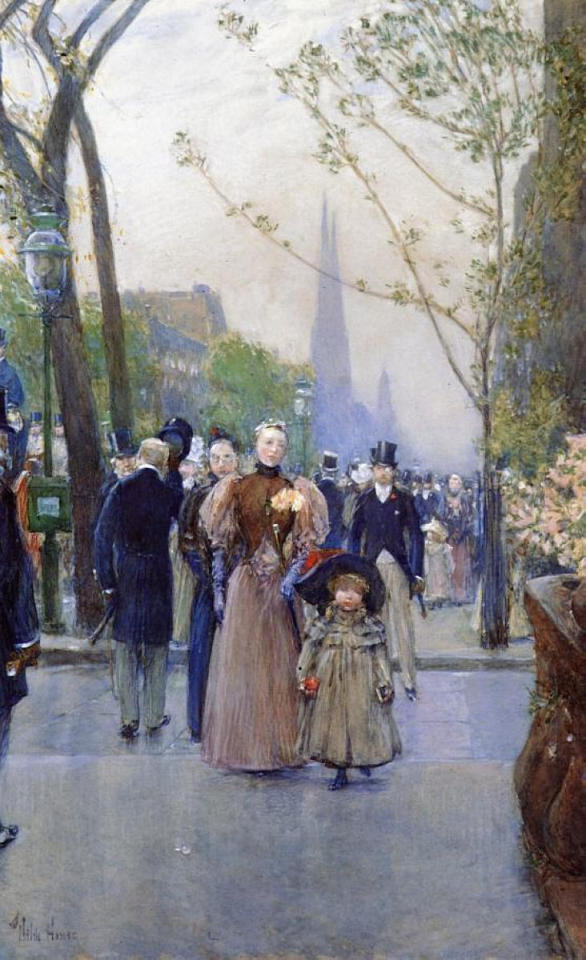
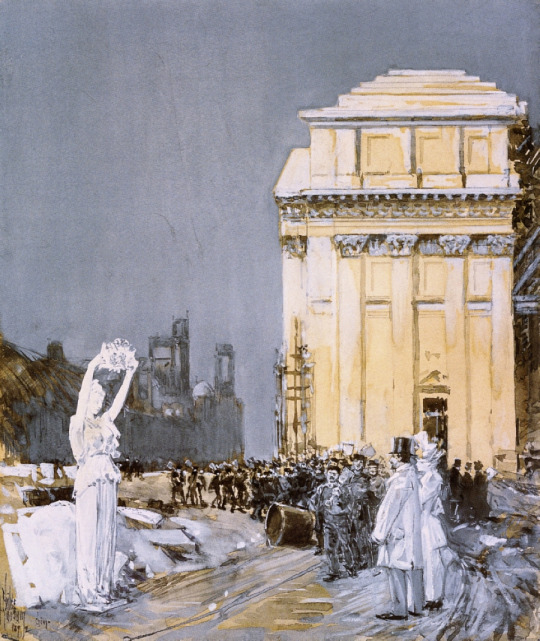
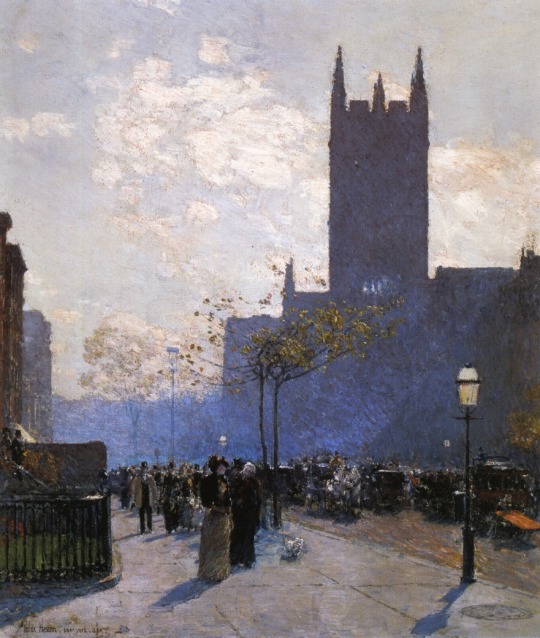
Childe Hassam | Washington Arch, 1893 | Sunday on Fifth Avenue, 1891 | Scene at the World's Columbian Exposition, 1892 | Lower Fifth Avenue, 1890 |
#Childe Hassam#impressionism#genre painting#cityscape#painting#paintings#oil painting#oil on canvas#architecture#art#19th century#19th century art#dark academia
218 notes
·
View notes
Text
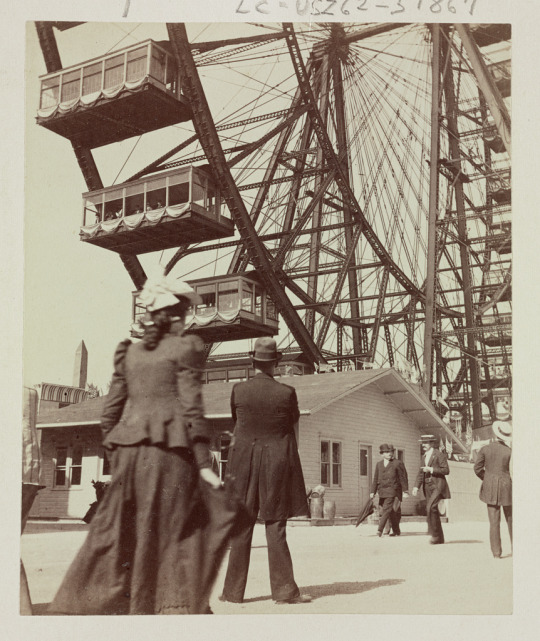
Ferris wheel.
World's Columbian Exposition (also known as the Chicago World's Fair)
1893
Source: Library of Congress
608 notes
·
View notes